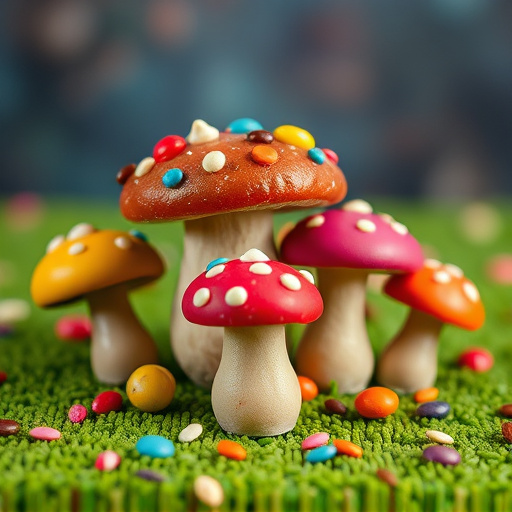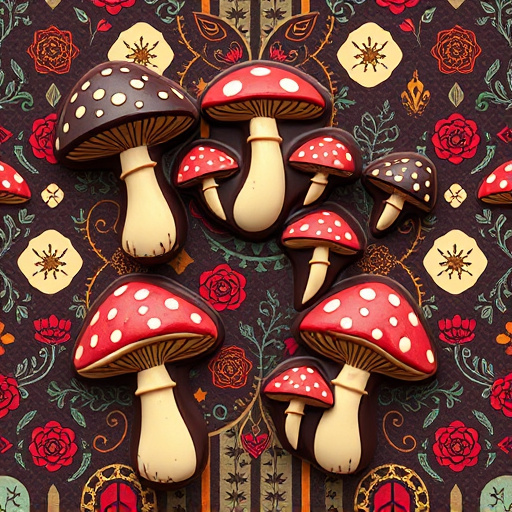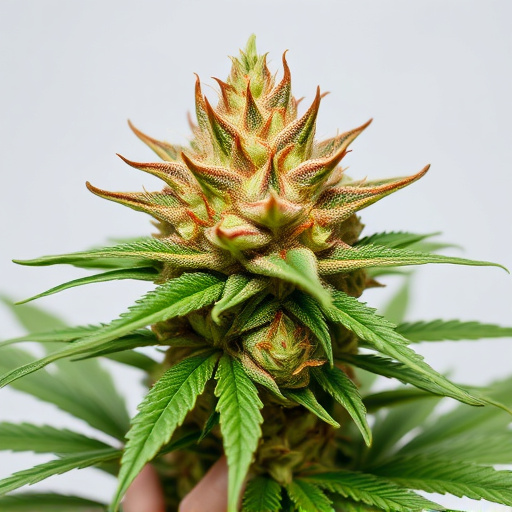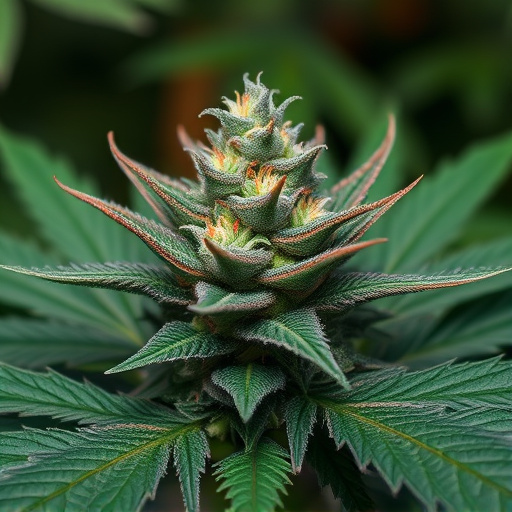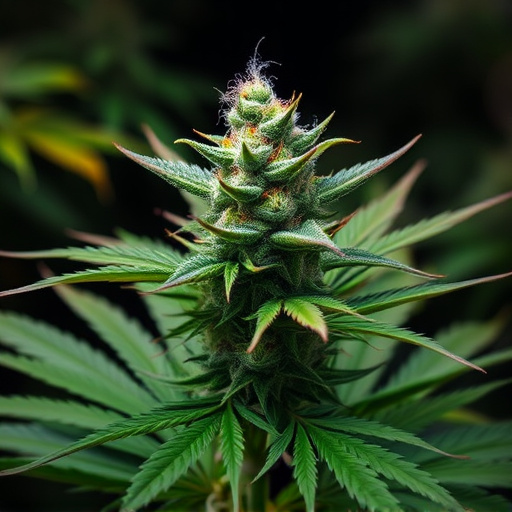Cultivators and consumers of the most potent cannabis strains must understand that peak potency is typically reached 7-14 days after harvest, influenced by strain, growing conditions, and curing methods. Cannabinoids concentrate during initial harvest and curing, but these compounds degrade over time due to terpene evaporation, oxidation, UV radiation, and other factors, reducing potency. Proper storage in airtight containers is crucial to minimize degradation, preserving cannabis flowers' potency for longer periods. Growers should optimize flowering conditions and employ protective measures, while consumers can maximize potency by understanding the harvest window, monitoring trichome appearance, and following proper curing and storage techniques.
Discover when your cannabis flower loses potency and how to maintain maximum effectiveness. Understanding the lifespan of cannabis blooms is crucial, especially for those seeking the most potent strains. This article explores key factors influencing potency decline in various cannabis varieties and provides valuable tips for growers and consumers alike. Learn to preserve the powerful properties of your favorite plants and ensure you experience their full potential.
- Understanding Cannabis Flower Lifespan and Potency
- Factors Affecting Potency Decline in Cannabis Strains
- Preserving Potency: Tips for Growers and Consumers
Understanding Cannabis Flower Lifespan and Potency
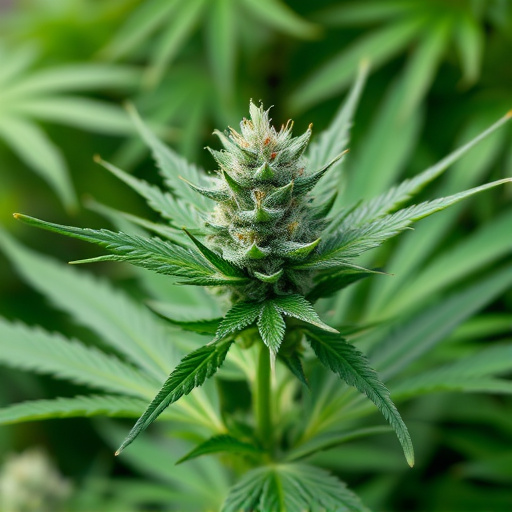
Cannabis flowers, or buds, have a finite lifespan during which they maintain their optimal potency. Understanding this timeline is crucial for both cultivators and consumers, especially when seeking the most potent cannabis strains. On average, cannabis flowers reach peak potency around 7-14 days after being cut from the plant, but this can vary depending on several factors such as strain, growing conditions, and curing methods.
During the initial harvest and curing process, cannabinoids like THC and CBD concentrate in the resin glands of the flowers, significantly enhancing their potency. However, over time, these compounds start to degrade, leading to a gradual loss of potency. Proper storage in airtight containers, away from light and moisture, can slow down this degradation process, helping to preserve the cannabis flower’s effectiveness for longer periods.
Factors Affecting Potency Decline in Cannabis Strains

The potency of cannabis flowers, especially in popular strains known for their high THC levels, can vary greatly over time due to several factors. While some may argue that freshly harvested cannabis is always the most potent, this isn’t entirely accurate. The journey from bud to budder or flower to smoke doesn’t just change its aroma and flavor; it also impacts its active compounds.
One of the key players in potency decline is terpene evaporation. Terpenes, responsible for cannabis’s unique scents and flavors, are volatile and can dissipate over time, especially when exposed to heat, light, or air. Additionally, cannabinoids like THC and CBD can degrade due to oxidation and UV radiation, leading to a reduction in overall potency. The curing process, while enhancing flavor and aroma, may not always maintain peak cannabinoid levels, making some of the most potent cannabis strains less so after prolonged storage or exposure to adverse conditions.
Preserving Potency: Tips for Growers and Consumers
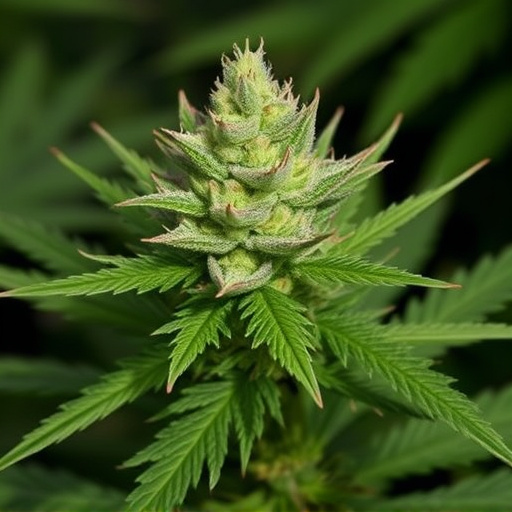
Preserving potency is a key concern for both growers and consumers of cannabis, especially when it comes to enjoying the full benefits of the most potent cannabis strains. During the flowering stage, various factors can influence the quality and strength of the final product. Growers can employ several strategies to maintain high levels of potency: controlling environmental conditions like temperature and humidity, ensuring proper nutrition, and protecting plants from pests and diseases. Regular monitoring of cannabinoid profiles throughout the growing process is also crucial.
For consumers, understanding the harvest window is essential. Cannabis flowers at different rates depending on strain and growing conditions. Harvesting too early can result in underdeveloped trichomes, which are responsible for producing cannabinoids like THC. Conversely, harvesting too late may lead to a gradual decrease in potency as the plant ages. To maximize potency, consumers should aim to harvest when trichomes appear milky or cloudy, indicating peak cannabinoid production. Proper curing and storage techniques, such as using airtight containers at cool, dark temperatures, can also help preserve the integrity of cannabinoids, ensuring that the most potent cannabis strains maintain their power and efficacy.
In conclusion, while understanding the natural lifespan of cannabis flowers influences their potency, various factors can significantly impact this decline. For those seeking the most potent cannabis strains, preserving the plant’s integrity during growth and storage is key. By implementing simple tips discussed in this article, growers and consumers alike can ensure a more consistent and robust experience with their cannabis, allowing them to fully appreciate its unique properties and benefits.

